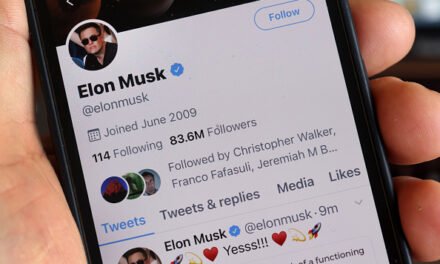
I will not argue that there is a scarcity of women and people of color for certain disciplines, especially in the technical jobs that will be needed for the future, such as engineering and computer science. Women comprise about 18 percent of those enrolled in undergraduate engineering programs and minorities represent 26 percent of these students, of which 40 percent are Asian.
I will also not argue that there are lots of wonderful organizations that have programs designed to interest women and students of color in engineering sponsored by such organizations as American Association of University Women, Society of Women Engineers, National Society of Black Engineers, Society of Hispanic Professional Engineers, Society of Asian Scientists and Engineers among others.
Many of the large technology companies such as Microsoft, Google and EMC have internship programs for undergraduate students pursuing careers in engineering. These are great opportunities, however they don’t seem to be moving the numbers much.
What is the inclusion solution?
- National Girls Collaborative Project and Change the Equation have resources to help. Khan Academy’s LearnStorm is a partnership with companies like Google and Hyatt Hotels to support low income elementary age students in particular, in getting excited about math by offering achievement incentives.
- Foster greater collaboration among K-12 education, higher education and the corporate world. There are major disconnects between and among these entities which need to be strengthened so that students don’t “fall between the cracks” with little continuity as they bridge from one level to the next.
- Provide hands on experiences. Young children may not even know what an engineer is or does. If schools can provide more experiential opportunities with the support of higher education and the corporate world, it will likely spur long term interest.
Building pipelines is not necessarily an easy endeavor. It takes resources, collaboration and long term rather than short term thinking.


















